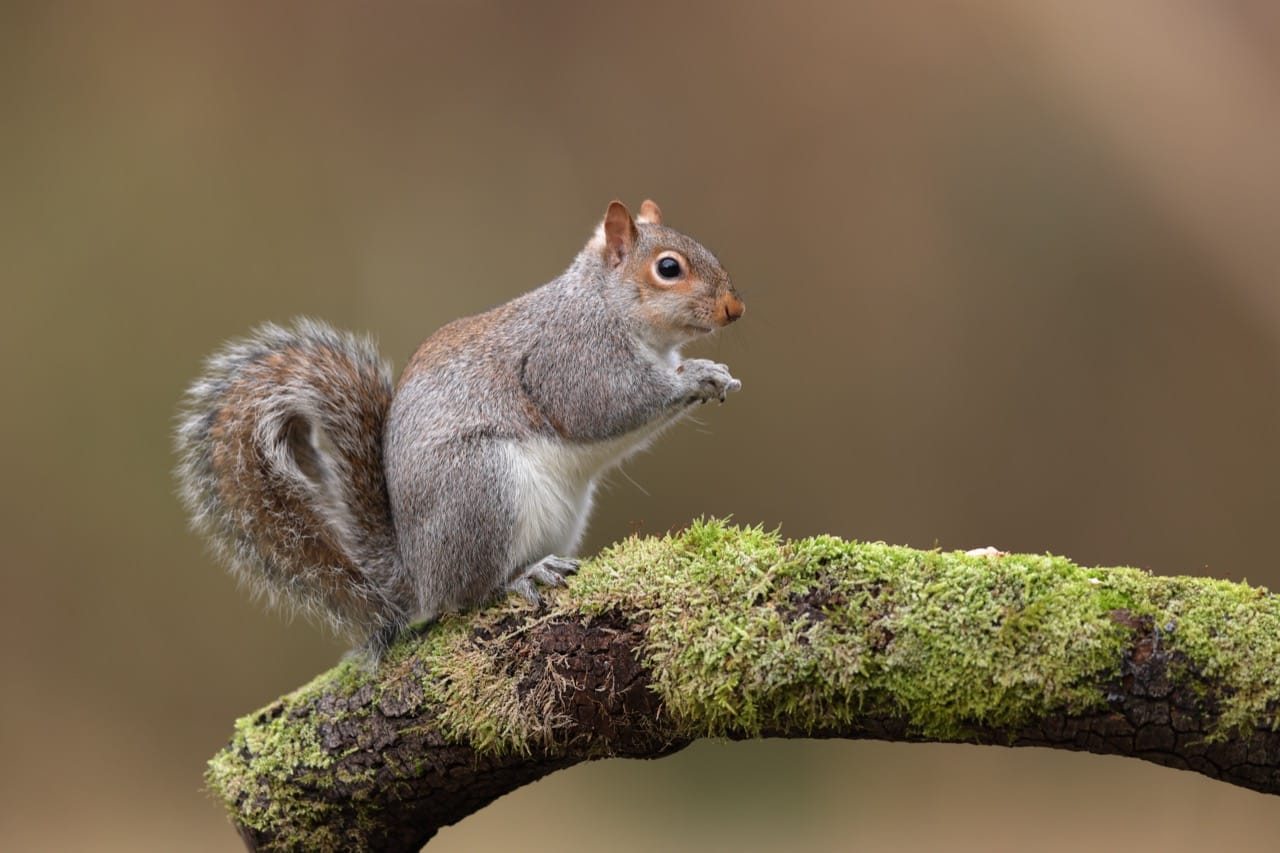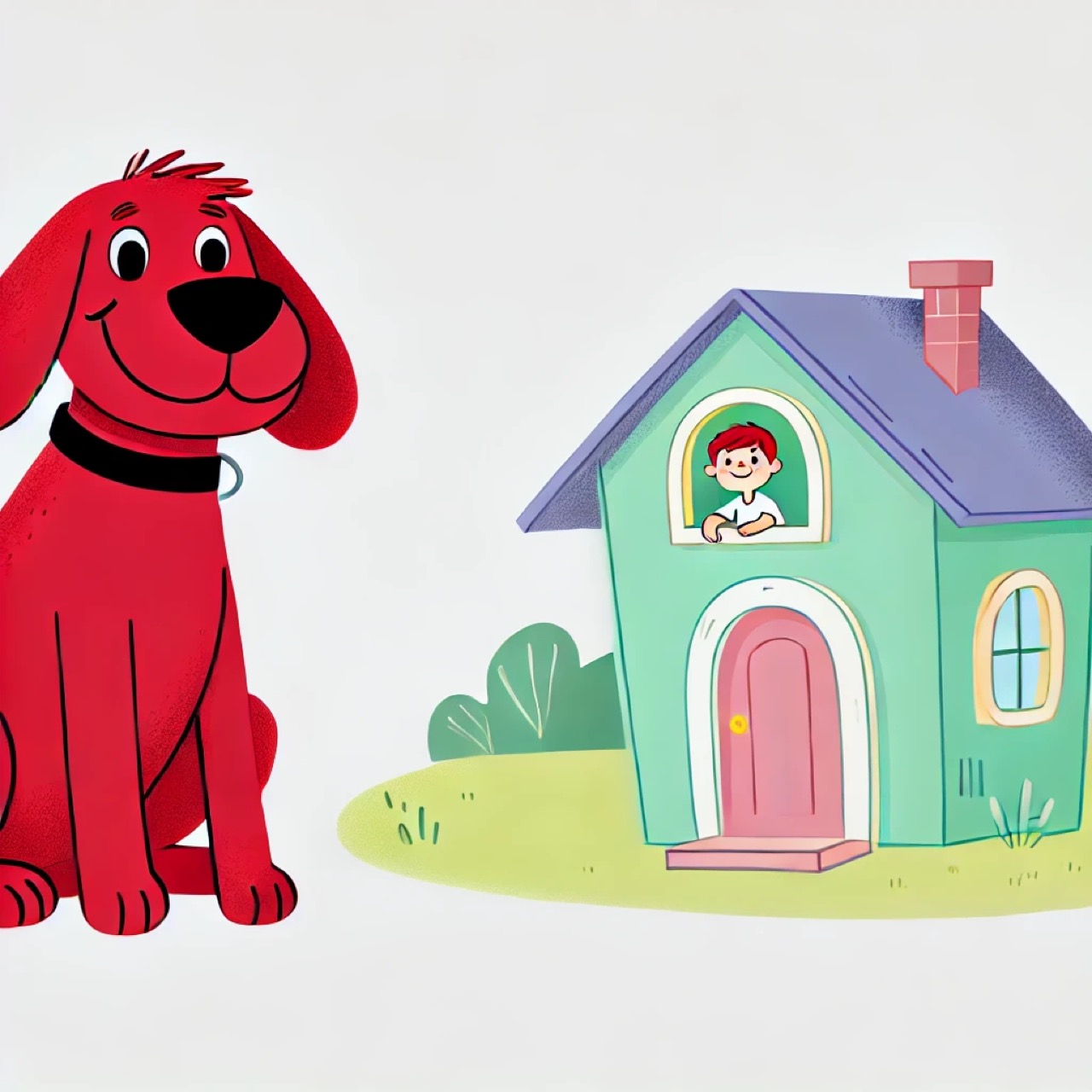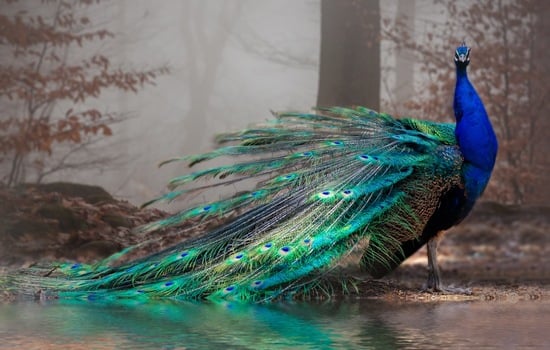
The Eastern gray squirrel, a creature so common in many urban and suburban areas that it often blends into the backdrop of daily life, holds a remarkable place in the tapestry of nature. With its acrobatic prowess and tenacious character, this rodent invites a closer examination beyond its habitual raids on bird feeders and spirited chases across lawns and trees. This article embarks on an explorative journey into the world of the Eastern gray squirrel, uncovering the intricacies that compose its existence from origins and physical characteristics to behaviors, feeding habits, and survival tactics. Join us as we reveal the fascinating life of these nimble, bushy-tailed beings, and you might discover that they offer much more intrigue than their common presence suggests.

Origins and Distribution
The Eastern gray squirrel (Sciurus carolinensis) is a native species predominantly found in the Eastern United States, stretching into parts of the Southern Midwest and down into parts of Canada. Known for their adaptability, these squirrels have also been introduced to various parts of Europe, where they have thrived, sometimes at the expense of local species. Their historical presence paints a picture of evolution honed by the environment, positioning them as a species capable of overcoming the challenges posed by changing landscapes and climates.
Physical Characteristics
Sporting a silver-gray coat with a notably bushier tail, the Eastern gray squirrel exhibits a versatility in appearance that aids in its survival. This coat not only serves as camouflage within the deciduous and coniferous forests they call home but shifts in density with the seasons for temperature regulation. Measuring at about 17 to 20 inches in length when fully grown, including their tail, they are a small yet nimble presence in the ecosystem. Distinguishing features include sharp, curved claws for climbing and a set of ever-growing incisors that facilitate their diet.
Habitat and Lifestyle
The ideal habitat for these squirrels encompasses large areas of mature, dense woodland rich in nut-producing trees such as oaks and hickories. However, their adaptability means they are equally at home in urban parks and backyards, taking advantage of bird feeders, gardens, and waste for food sources. Their nests, constructed from leaves and twigs and nestled within the forks of tree branches, reflect their resourcefulness and preference for elevated shelters.
Lifespan and Reproduction
In the wild, Eastern gray squirrels have a lifespan that typically ranges from 3 to 8 years, although individuals have been known to live up to 12 years in captivity. Their reproductive patterns are closely tied to the availability of food, with two breeding seasons per year—one in late winter and another in mid-summer. Females give birth to litters of 2 to 7 offspring, who are dependent on their mother's care for the first few months of life.
Feeding: The Forager's Diet
Omnivorous by nature, the diet of these squirrels is varied but heavily biased towards nuts, seeds, and fruits, which they adeptly gather and sometimes bury for later consumption. This behavior is critical for seed dispersal and the germination of new plants. In leaner times, they will consume tree bark, eggs, or even small insects, showcasing their adaptability in sourcing the nutrients necessary for survival.
Behavior: More Than Just a Nut Collector
The behavior of Eastern gray squirrels includes a range of activities from the aforementioned food foraging and hoarding to complex social interactions. Their physical agility allows for impressive displays of acrobatics as they leap from tree to tree. Communication is a mix of vocalizations and tail movements, the latter often signaling alarm or territorial presence. Their intelligence is further evidenced by their problem-solving abilities, particularly when procuring food from seemingly inaccessible places.
Natural Predators and Survival Tactics
Predation is a constant threat to the Eastern gray squirrel, with natural enemies including birds of prey, such as hawks and eagles, and terrestrial predators like foxes and snakes. Their primary defense mechanisms are camouflage, quick reflexes, and an intimate knowledge of their home territory, which includes multiple escape routes and safe havens.
The Eastern Gray Squirrel in Culture and Conservation
Beyond merely being a subject of environmental study, the Eastern gray squirrel has also found its way into cultural expressions, symbolizing anything from resourcefulness and preparation to mischief. Conservation efforts have aimed to balance their thriving populations in non-native areas to protect local wildlife, highlighting the complex relationship between humans and these versatile creatures.
Did You Know?
A notable quirk of the Eastern gray squirrel is its role in shaping the landscapes they inhabit. Studies have shown that the survival rate of trees increases significantly in areas populated by these squirrels, thanks to their forgetfulness. After burying nuts and seeds, squirrels fail to retrieve all of them, inadvertently planting the forests of the future.
Wrapping Up
The Eastern gray squirrel, often unnoticed or regarded as a simple backyard resident, carves a fascinating niche within its ecosystem. From its adaptability and survival tactics to its contribution to forest growth, this creature exemplifies the interconnectedness of nature's web. As we go about our daily lives, perhaps a pause to observe these agile foragers in action can offer a deeper appreciation for the subtle complexities and quirks of the natural world around us.




.jpeg)




